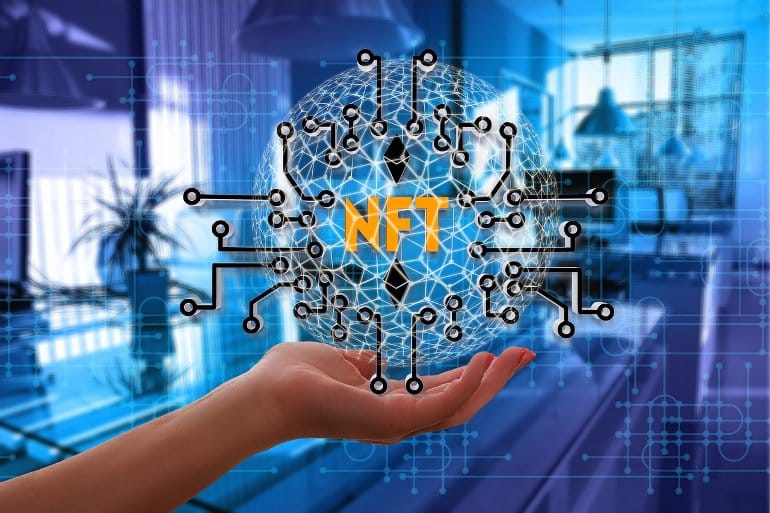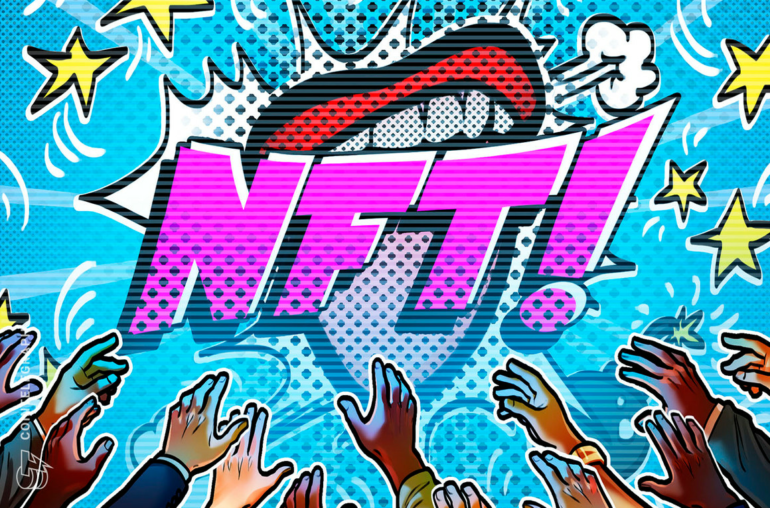Neuroscience research articles are provided.
What is neuroscience? Neuroscience is the scientific study of nervous systems. Neuroscience can involve research from many branches of science including those involving neurology, brain science, neurobiology, psychology, computer science, artificial intelligence, statistics, prosthetics, neuroimaging, engineering, medicine, physics, mathematics, pharmacology, electrophysiology, biology, robotics and technology.
– These articles focus mainly on neurology research.
– What is neurology?
– Definition of neurology: a science involved in the study of the nervous systems, especially of the diseases and disorders affecting them.
– Neurology research can include information involving brain research, neurological disorders, medicine, brain cancer, peripheral nervous systems, central nervous systems, nerve damage, brain tumors, seizures, neurosurgery, electrophysiology, BMI, brain injuries, paralysis and spinal cord treatments.
What is Psychology?
Definition of Psychology: Psychology is the study of behavior in an individual, or group. Our psychology articles cover research in mental health, psychiatry, depression, psychology, schizophrenia, autism spectrum, happiness, stress and more.
Artificial Intelligence articles involve programming, neural engineering, artificial neural networks, artificial life, a-life, floyds, boids, emergence, machine learning, neuralbots, neuralrobotics, computational neuroscience and more involving A.I. research.
Robotics articles will cover robotics research press releases. Robotics news from universities, labs, researchers, engineers, students, high schools, conventions, competitions and more are posted and welcome.
Genetics articles related to neuroscience research will be listed here.
Neurotechnology research articles deal with robotics, AI, deep learning, machine learning, Brain Computer Interfaces, neuroprosthetics, neural implants and more. Read the latest neurotech news articles below.
Summary: Researchers say that when it comes to NFT collecting, a focus on rarity can become self-defeating. To sustain value, the study suggests designers should make sure people don’t only see the rarest items in any given category.
Source: Stevens Institute of Technology
Non-fungible tokens (NFTs) are all the rage, with collectors spending vast sums — in some cases, tens of millions of dollars — to own and trade unique digital images. For researchers, that offers a rare opportunity to study the way that people learn about new marketplaces and assign value to different categories of assets.
“Because NFT trading records are public, they offer a remarkable chance for us to look at why people perceive collectible items as valuable, and how those perceptions change over time,” said Jordan Suchow, a cognitive scientist who led the study at Stevens Institute of Technology.
Suchow’s team conducted the first cognitive study of NFT trading, looking at a collection of NFTs known as the “Bored Ape Yacht Club” — a set of 10,000 computer-generated cartoon apes, each with different features such as color, clothing, and accessories, that have grown immensely popular in recent months.
Each individual Bored Ape is unique, and thus equally rare, but some features are more common than others. An ape in a plain striped sweater might be more common — and thus potentially less valuable — than an ape in a suit and tie, or one wearing earrings, for instance.
“It’s a bit like stamp collecting: the stamps printed in the same run all look the same, so if there’s a printing error or some other rare feature that sets a stamp apart, people will pay far more for it,” explained Suchow, whose work, co-authored with Stevens doctorate student Vahid Ashrafimoghari, will be presented at the Cognitive Science Society Conference on July 27-30 in Toronto, Canada.
When people first began trading Bored Ape NFTs, the apes with rare features quickly became more sought-after. But that, in turn, distorted the information landscape: because rare apes were more valuable and more widely discussed, they also became much more visible.
“Today, a newcomer to Bored Ape trading sees these rare apes everywhere and perceives them to be much more common than they are in fact,” Suchow explained.
“That creates a puzzle: how can people be expected to learn about a new category when their experience of that category is dominated by the rarest examples?”
If a person wants to learn what a dog is, Suchow explains, they could do so by going to a dog park and looking at a range of common animals. Going to an experimental breeder and looking only at rare breeds, on the other hand, would skew their perception of the category and of how much any given dog is worth.
To test their theory, Suchow’s team identified the rarest and most common features in Bored Ape NFTs, then mapped their findings onto the relative value of the NFTs over time.
The results were striking: while rarity was strongly correlated with value in the early days of Bored Ape trading, the connection all but disappeared as an influx of newcomers began trading the NFTs.
The findings hold lessons for collectors of all kinds, says Suchow. “We’ve shown that a focus on rarity can become self-defeating — if you want to sustain value, you need to make sure that people don’t see only the rarest items in a given category,” he explained.
That could spark a rethink about how online marketplaces are designed and lead individual investors to assign less value to rarity in new markets.
Some interesting questions remain: the Stevens’ team found that some rare NFT features, such as unusually colored backgrounds, retained their value over time, while others, such as an ape’s fur color, quickly lost value.
Figuring out why some features continue to correlate with value and others don’t, and how that plays out in other categories such as stamp collecting or art markets, will require additional study, Suchow said.
“The exciting thing here is that we’ve revealed a general principle: that demand for rarity is self-defeating,” Suchow said. “That should be very broadly applicable, so the big question now is whether we can observe this effect in other categories of collectible items, too.”
Author: Thania Benios
Source: Stevens Institute of Technology
Contact: Thania Benios – Stevens Institute of Technology
Image: The image is in the public domain
Original Research: The abstract “The paradox of learning categories from rare examples: a case study of NFTs & The Bored Ape Yacht Club” by Jordan Suchow et al, is available online. The findings will be presented at the Cognitive Science Society meeting.
Abstract
The paradox of learning categories from rare examples: a case study of NFTs & The Bored Ape Yacht Club
Collectible items, such as stamps, coins, paintings, and trading cards, are often valued for their rarity. A side effect of rarer items being more highly valued is that they are also more often traded, discussed, and displayed. A new collector’s experience of the category defined by a set collectible items is thus heavily biased towards the rare items.
Theories of category learning predict that these conditions make for a uniquely challenging environment in which to learn a category because rarity-based sampling can invert the distribution of associated attribute frequencies.
Here, we show that under these conditions, the demand for rarity is self-defeating: when newcomers do not correct for the sampling bias present in their experience, they will have a distorted sense of the category and misunderstand which items are in fact rare, causing rarity to become devalued over time.
We find evidence for this dynamic in the context of The Bored Ape Yacht Club (BAYC), a collection of 10,000 non-fungible tokens (NFTs), each with a set of attributes that vary in rarity.
We demonstrate that, in line with our theory, over time the influx of newcomers learning about BAYC has been associated with a decrease in the demand for tokens with rare attributes.
Your email address will not be published.
Neuroscience News Sitemap
Neuroscience Graduate and Undergraduate Programs
Free Neuroscience MOOCs
Neuroscience Groups
About
Contact Us
Privacy Policy
Submit Neuroscience News
Subscribe for Emails
Coronavirus News
Neuroscience Research
Psychology News
Brain Cancer Research
Alzheimer’s Disease
Parkinson’s News
Autism / ASD News
Neurotechnology News
Artificial Intelligence News
Robotics News



